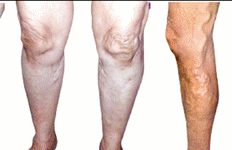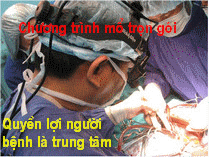Brain Protection in Cardiac Surgery
by: Robert S. Bonser, Domenico Pagano, Axel Haverich

Part of the Monographs in Cardiac Surgery Series – Introducing ‘basic science into the cardiac operating room’. Fast systematic review of small areas of cardiac surgery including up-to-date information. This will allow more rapid publication than the alternative cardiac surgery ‘tomes’. This entry into the series will provide readers with a complete review of the current understanding in brain injury and the methods used to avoid or limit its effects on patient morbidity and mortality.
From the Back CoverBrain injury remains one of the most dreaded complications of cardiac surgery. The range of injury is broad; while a stroke may be easily defined and diagnosed, more subtle injuries most definitely occur. There remains debate as to how these are diagnosed and there is a lack of standard definitions allowing inter-study comparison. If we are to have confidence in strategies that may reduce brain injury, we need to have confidence in the end-points used to define that injury. We need to better understand the phenomena associated with neuropsychometric testing; we need to fully elucidate the relationship between structural brain injury, embolism counting, and surrogate biomarkers; and we need an improved understanding of the clinical significance of abnormalities detected on postoperative magnetic resonance imaging. Brain Protection in Cardiac Surgery presents a detailed background of studies of neurological morbidity and neuroprotection from a range of experts in the field of neuroprotection, providing a detailed reference for clinicians in the field. The Editors have detailed connections between the different strands of injury — be it the pathology, the imaging, the clinical and cognitive examination, potential biomarkers — and have then provided summary reports of treatment strategies that may reduce such injury. As we look to the future, the design of studies attempting to reduce such injury becomes increasingly important and this book provides the fundamental background information to fuel interest, initiate novel prevention and therapeutic strategies, and inform the investigator how to develop and design their research study.

- Cardiology An Illustrated Textbook Volume 1 + Volume 2 2013
- CURRENT Diagnosis & Treatment: Cardiology, 3rd Edition
- Principles of Pulmonary Protection in Heart Surgery
- Positioning Techniques in Surgical Applications: Thorax and Heart Surgery - Vascular Surgery
- Cardiac Pacemakers Step by Step: An Illustrated Guide
- Thoracoscopic Repair of Circumflex Right Aortic Arch
- Cardiovascular and Respiratory Systems: Modeling, Analysis, and Control
















